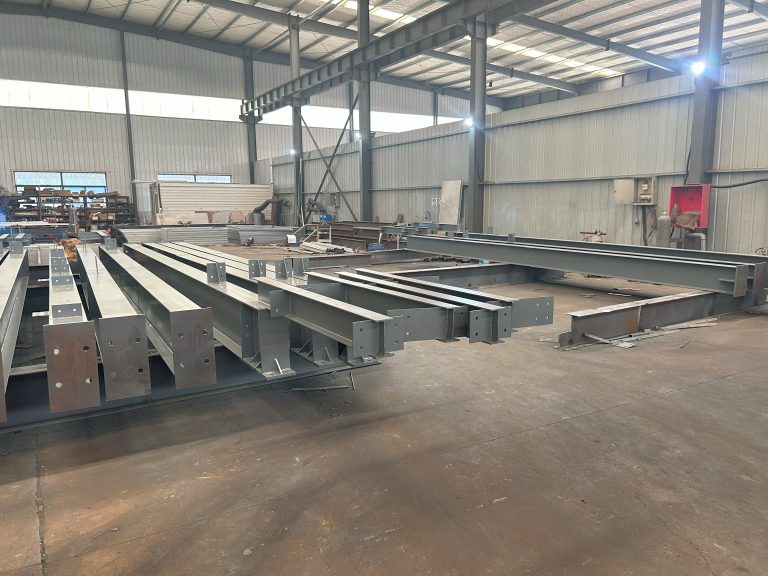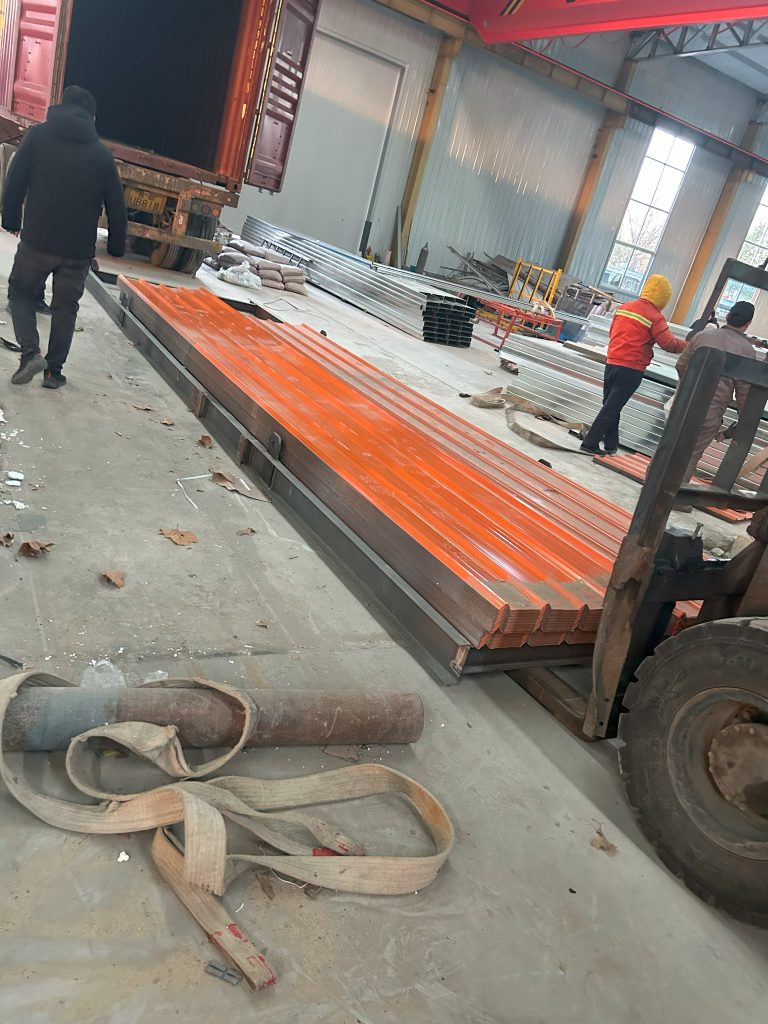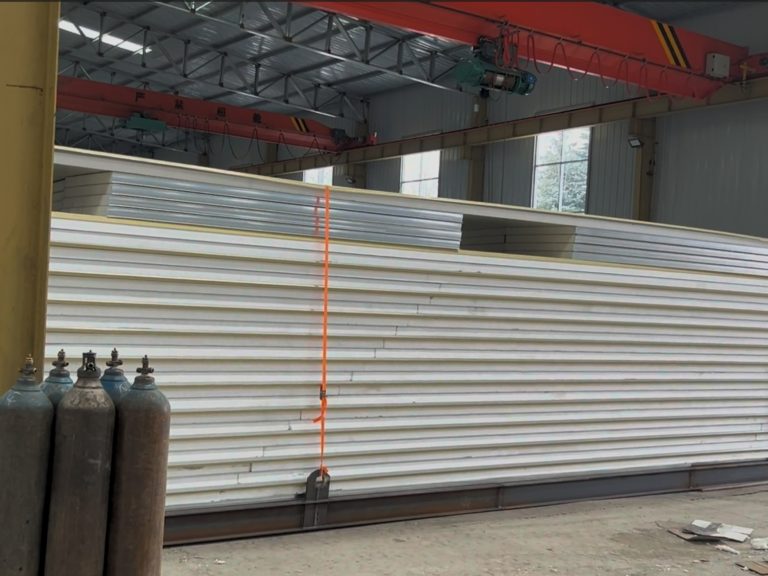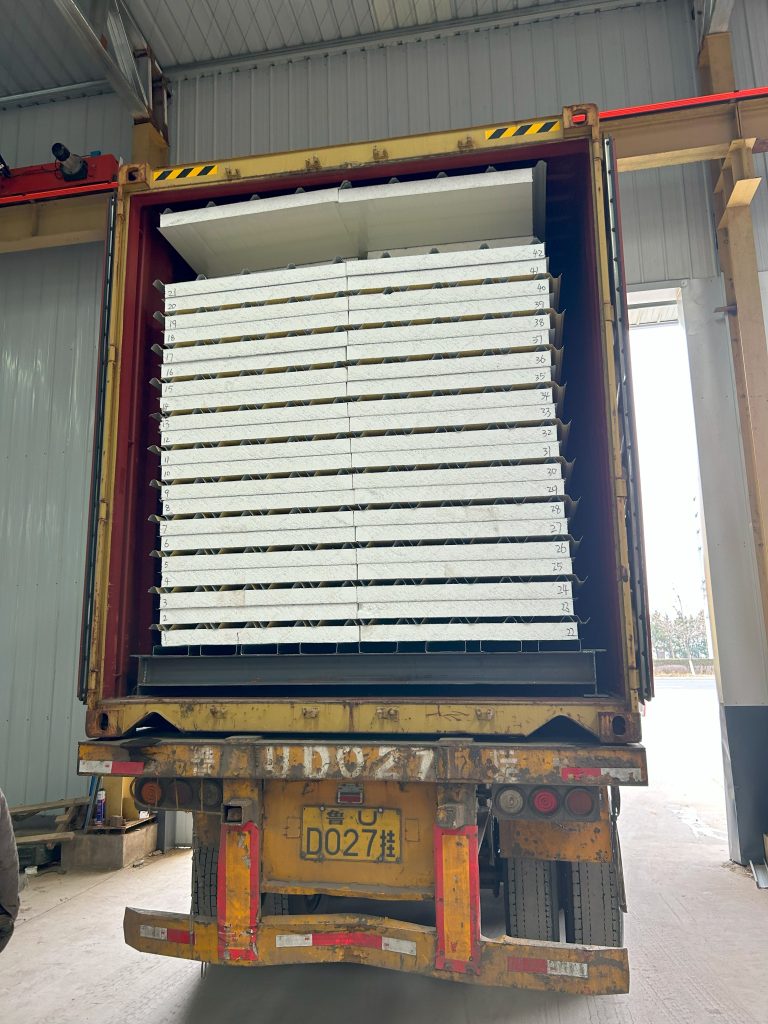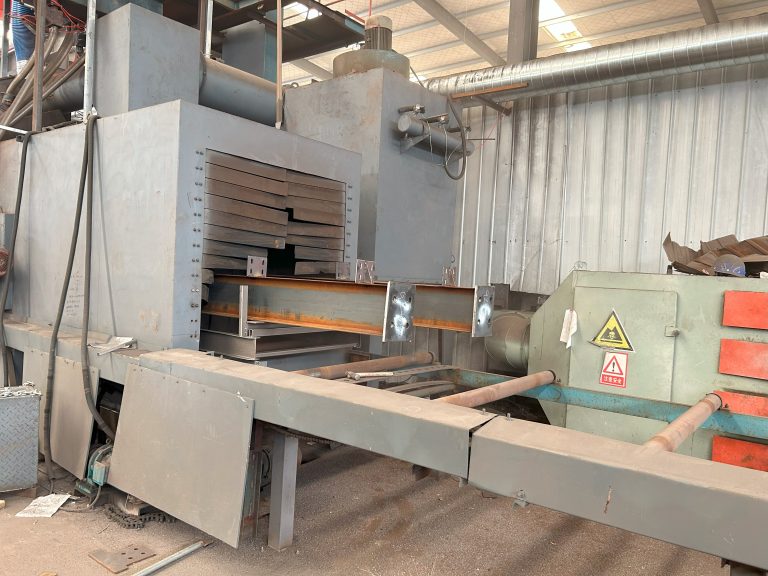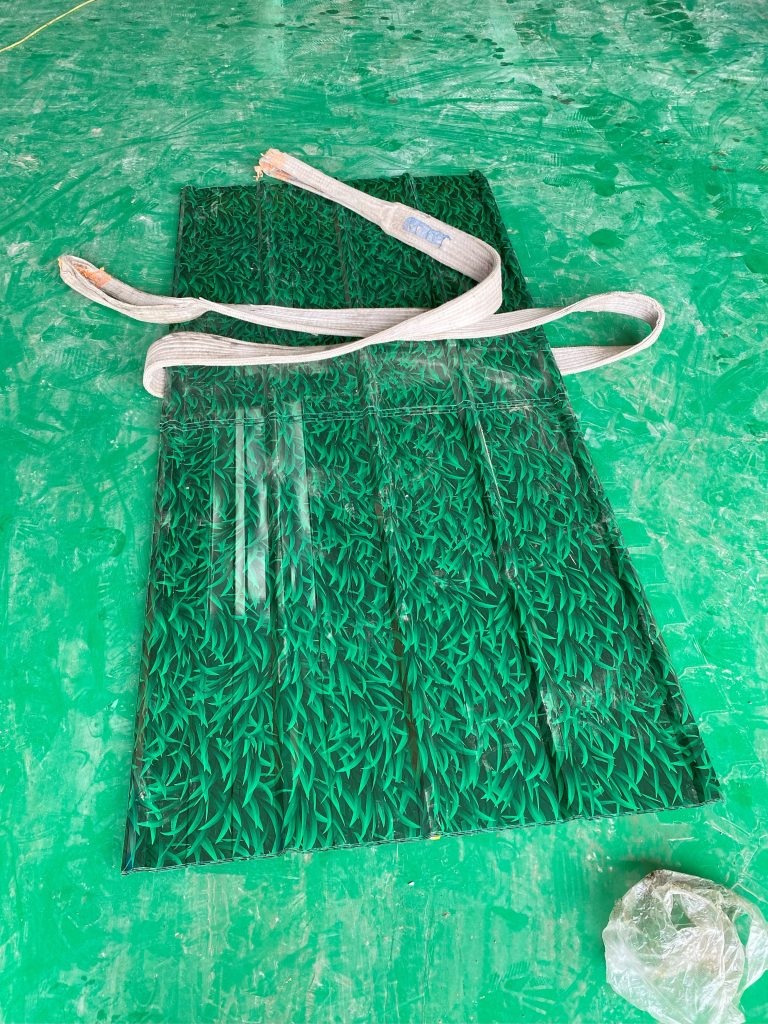Wind resistance design principle and practice of steel structure
Table of Contents
Benefits of Incorporating Wind Resistance Design Principles in Steel Structure Buildings
Wind resistance design principles are crucial in ensuring the safety and stability of steel structure buildings. Steel is a popular choice for construction due to its strength, durability, and versatility. However, without proper wind resistance design, steel structures can be vulnerable to damage from strong winds. By incorporating wind resistance design principles, engineers can enhance the performance of steel structures and protect them from the forces of nature.
One of the key benefits of incorporating wind resistance design principles in steel structure buildings is increased safety. Strong winds can exert significant pressure on buildings, causing them to sway or even collapse. By designing steel structures to withstand these forces, engineers can ensure the safety of occupants and prevent costly damage to the building. Wind resistance design principles take into account factors such as wind speed, direction, and building height to determine the appropriate structural elements needed to resist wind loads.
In addition to safety, incorporating wind resistance design principles can also improve the overall performance of steel structures. By optimizing the design to withstand wind loads, engineers can enhance the structural integrity of the building and reduce the risk of structural failure. This can result in a longer lifespan for the building and lower maintenance costs over time. Additionally, buildings that are designed to resist wind loads are more likely to meet building code requirements and regulatory standards, ensuring compliance with safety regulations.
Another benefit of incorporating wind resistance design principles in steel structure buildings is increased energy efficiency. Wind can create air pressure differentials on the exterior of buildings, leading to air leakage and energy loss. By designing steel structures with proper insulation and air sealing techniques, engineers can minimize energy loss and improve the overall energy efficiency of the building. This can result in lower heating and cooling costs for building owners and a reduced environmental impact.
Furthermore, incorporating wind resistance design principles can also enhance the aesthetic appeal of steel structure buildings. By carefully considering the impact of wind on the building’s design, engineers can create visually appealing structures that are both functional and attractive. Wind-resistant design elements such as curved or tapered shapes can not only improve the building’s performance but also add a unique architectural flair. This can increase the value of the building and make it more desirable to potential tenants or buyers.
In conclusion, incorporating wind resistance design principles in steel structure buildings offers a wide range of benefits, including increased safety, improved performance, energy efficiency, and aesthetic appeal. By carefully considering the impact of wind on the building’s design, engineers can create structures that are not only strong and durable but also visually striking and environmentally friendly. As the demand for sustainable and resilient buildings continues to grow, incorporating wind resistance design principles will become increasingly important in the construction industry. By prioritizing wind resistance in steel structure design, engineers can create buildings that are safe, efficient, and beautiful, ensuring their longevity and success in the built environment.
Case Studies on Successful Implementation of Wind Resistance Design in Steel Structures
Wind resistance design is a critical aspect of ensuring the structural integrity and safety of steel buildings. Steel structures are particularly vulnerable to wind loads due to their lightweight and flexible nature. Therefore, it is essential to implement effective wind resistance design principles and practices to mitigate the potential risks associated with high winds.
One of the key principles of wind resistance design in steel structures is to consider the effects of wind loads on the building’s overall stability. Wind loads can exert significant forces on a building, causing it to sway or even collapse if not properly accounted for in the design. To address this, engineers must carefully analyze the wind loads that the structure will be subjected to and design the building to withstand these forces.
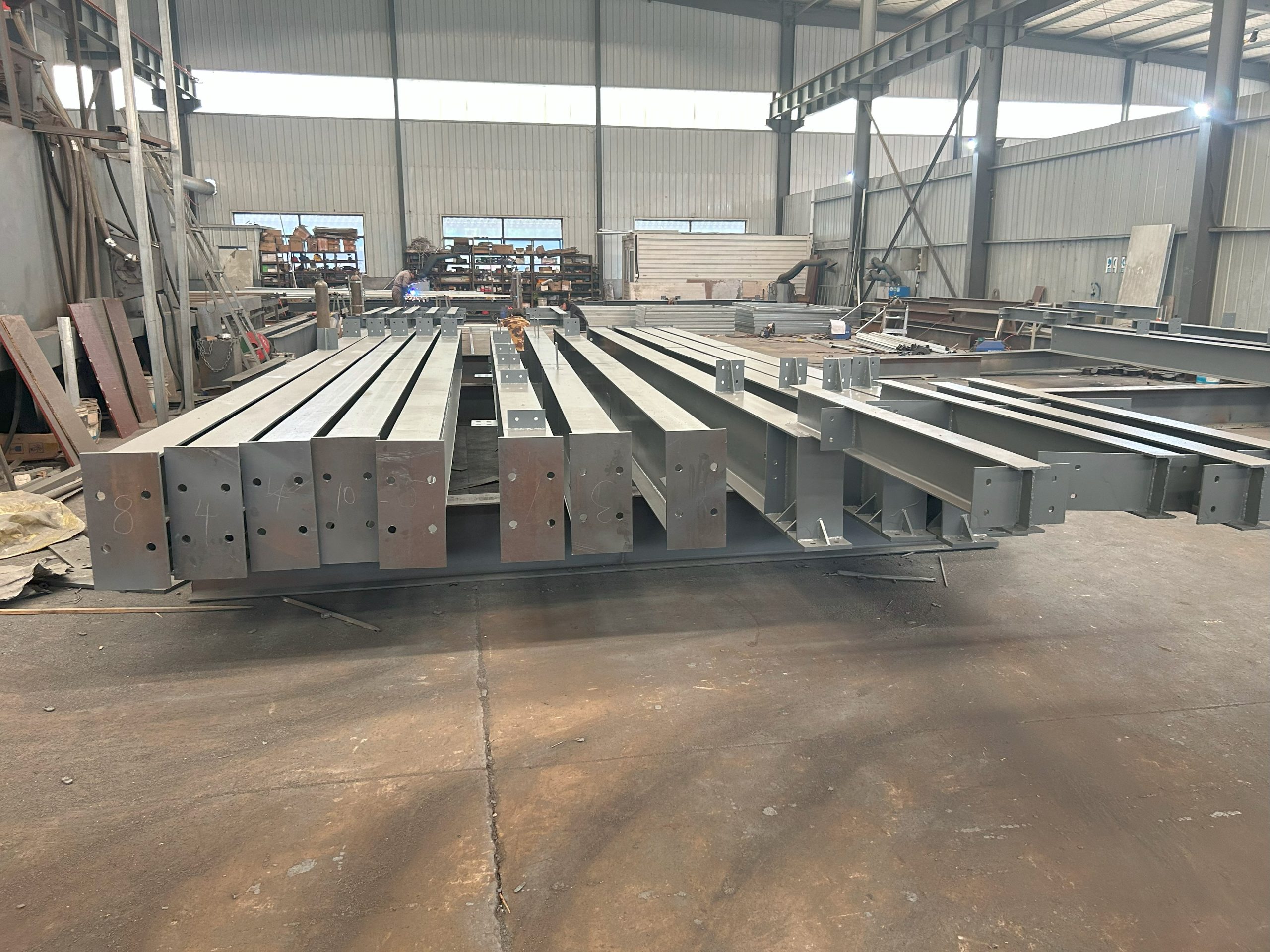
Another important aspect of wind resistance design in steel structures is the use of appropriate materials and construction techniques. Steel is a popular choice for building construction due to its strength and durability. However, steel structures must be designed and constructed in a way that minimizes their vulnerability to wind loads. This can be achieved through the use of bracing systems, stiffening elements, and other structural enhancements that help to distribute wind loads more evenly throughout the building.
In addition to the design and construction of the steel structure itself, the surrounding environment must also be taken into account when designing for wind resistance. Factors such as the building’s location, nearby buildings, and topography can all impact the wind loads that the structure will be subjected to. By considering these factors during the design phase, engineers can better anticipate and mitigate potential wind-related risks.
One successful implementation of wind resistance design in steel structures can be seen in the case of the Burj Khalifa in Dubai, United Arab Emirates. As the tallest building in the world, the Burj Khalifa is subjected to extreme wind loads due to its height and location in a region known for high winds. To address this, the building’s design incorporates a number of innovative features, including a streamlined shape and a series of setbacks that help to reduce wind resistance and minimize the building’s sway.
Another example of successful wind resistance design in steel structures is the Taipei 101 in Taiwan. Like the Burj Khalifa, Taipei 101 is a tall building that is exposed to high wind loads. To counteract this, the building’s design includes a massive tuned mass damper located near the top of the structure. This damper helps to counteract the building’s sway caused by wind loads, ensuring its stability and safety during extreme weather conditions.
In conclusion, wind resistance design is a critical consideration when designing steel structures. By implementing effective design principles and practices, engineers can ensure the structural integrity and safety of buildings in high-wind environments. Successful implementation of wind resistance design can be seen in iconic structures such as the Burj Khalifa and Taipei 101, where innovative design features help to mitigate the effects of wind loads and ensure the stability of the buildings. By carefully considering factors such as wind loads, materials, construction techniques, and the surrounding environment, engineers can create steel structures that are both aesthetically pleasing and structurally sound in the face of high winds.

